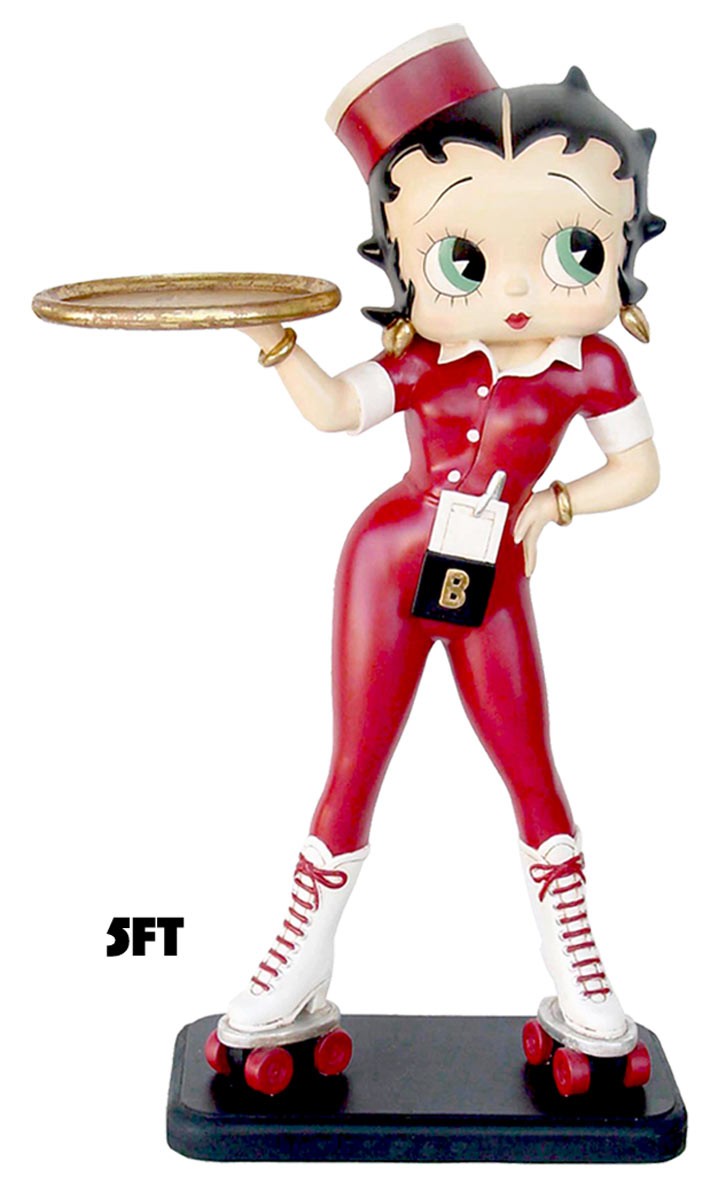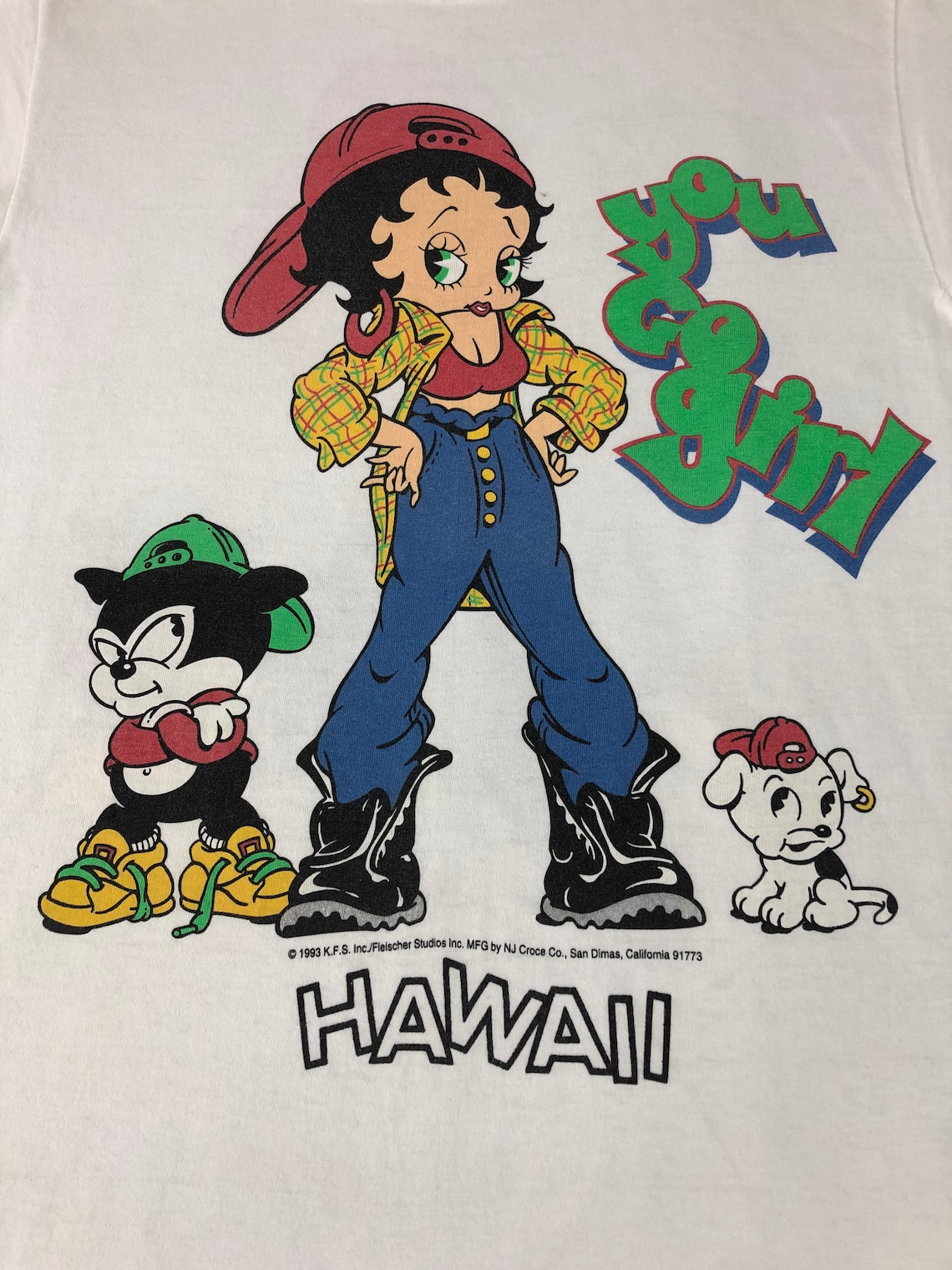


Meanwhile, Helen Kane, who had inspired the character in 1930, sued the Fleischer studio in 1934 for allegedly stealing her trademark look, dancing and singing style, and catchphrase, "boop-oop-a-doop." Kane lost the suit when the Fleischers proved that the phrase had been used by other performers before Kane. The adult sensibilities of Betty's cartoons made her a hit, and a wave of merchandising soon swept the world. Ethel Merman appeared in a few shorts as a guest performer. In addition to three cartoons with soundtracks by Cab Calloway, guest bands for Betty Boop cartoons included the bands of Louis Armstrong, Rudy Vallee, and Don Redman. Her cartoons also stood out from the competition due to their upbeat jazz soundtracks. As Betty tells Koko the Clown in the film Boop-Oop-A-Doop after being threatened by a salacious ringmaster, "He couldn't take my boop-oop-a-doop away!" Nevertheless, the animators made sure to keep the character "pure" and girl-like (officially, she was only 16 years old). In Betty Boop's Bamboo Isle, she does the hula wearing only a lei and a grass skirt.

In her cartoons, other characters try to sneak peeks at her while she's changing. Her breasts were prominent, and she showed her cleavage. She wore short dresses and a garter belt. Betty Boop, however, reveled in her femininity. Other female characters of the same period were simply male players in female costumes, such as Minnie Mouse and the like. The ghost's scary musical number impels Betty to flee back to the safety of home.īetty Boop is noteworthy for being the first truly feminine cartoon character. In the film, Betty runs away from home only to get lost with costar Bimbo in a cave haunted by a walrus ( rotoscoped from Calloway). Betty's famous personality finally came into play in the 1932 short, Minnie the Moocher, to which Cab Calloway and his orchestra lent their talents. Max Fleischer's brother, Dave, further altered the character, making her sexier and more feminine.
#WHEN WAS BETTY BOOP MADE SERIES#
This was also the first cartoon to be officially part of the Betty Boop series and not a Talkartoon.īetty's development was still incomplete, however. Although the Screen Songs cartoon Betty Coed referred to the character as Betty in 1931, she was not officially christened "Betty Boop" until the 1932 short Stopping the Show that same year. She usually served as studio star Bimbo's girlfriend. In individual cartoons she was called "Nancy Lee" and "Nan McGrew". She appeared in ten cartoons as a supporting character, a flapper girl with more heart than brains. Her floppy poodle ears became hoop earrings, and her poodle fur became a bob haircut. The animator redesigned her in 1932 to be recognizably human in the cartoon Any Rags. Natwick himself later conceded that Betty's original look was quite ugly. Beginning with this cartoon, the character's voice was performed by several different voice actresses until Mae Questel got the role and kept it for the rest of the series in 1931. In keeping with common practice, Natwick made his new character an animal, in this case, a French poodle. Grim Natwick, a veteran animator of both Walt Disney's and Ub Iwerks' studios, was largely responsible for creating the character, which he modeled on Helen Kane, a famous singer, who also performed as an actress at Paramount Pictures, the studio that distributed Fleischer's cartoons. She was little like her soon-to-be-famous self, however. Betty Boop made her first appearance on Augin the cartoon Dizzy Dishes, the sixth installment in Fleischer's Talkartoon series.


 0 kommentar(er)
0 kommentar(er)
